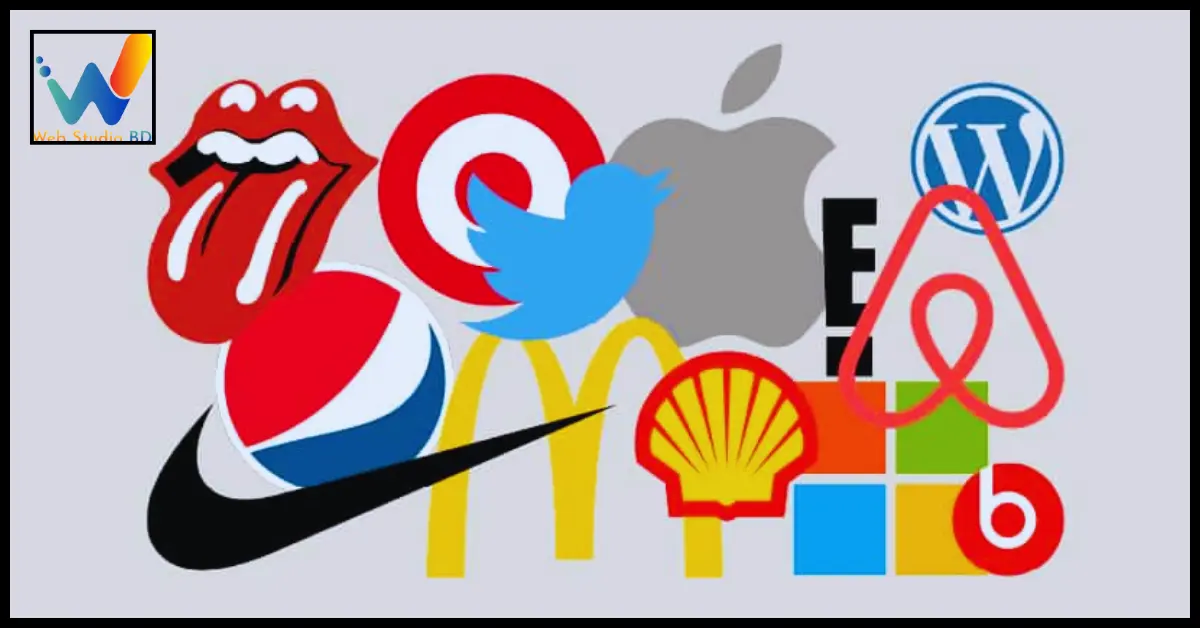A logo is more than just a visual element—it’s the embodiment of a company’s brand identity, values, and mission. In a world where businesses are constantly competing for attention, having one of the best logo designs is critical to making a lasting impression. Whether you’re a startup looking for affordable logo designs or an established company seeking professional logo design services, a strong logo is essential for standing out in a crowded marketplace.
1. The Foundation of Brand Identity
A logo serves as the cornerstone of a company’s brand identity. It is a visual representation that communicates the essence of the brand, combining colors, shapes, and typography into a single, recognizable image.
- Visual Recognition: The best logo designs are instantly recognizable, helping customers quickly identify the brand. Think of globally recognized logos like McDonald’s golden arches or Coca-Cola’s script. These logos are not just symbols but have become synonymous with their brands.
- Consistency Across Platforms: A well-designed logo ensures brand consistency across all platforms, from digital to print. Whether you’re using it on a website, social media, or promotional materials, a consistent logo reinforces the brand’s presence and helps build trust.
- Storytelling: A logo can tell a story about the brand. For instance, FedEx’s logo, with its hidden arrow, subtly conveys the idea of speed and precision, core values of the company.
2. Building Trust and Credibility
Trust is the foundation of any successful business relationship. A professionally designed logo signals to customers that the company is credible, reliable, and committed to quality.
- First Impressions Matter: Often, a logo is the first thing potential customers notice about a company. A polished, well-crafted logo can make a positive first impression, encouraging potential clients to engage with the brand.
- Perceived Value: Companies that invest in professional logo design services often enjoy a higher perceived value. A well-designed logo can elevate the brand, making it appear more trustworthy and established in the eyes of consumers.
- Emotional Connection: Logos have the power to evoke emotions and create an emotional connection with the audience. The warm, inviting colors of Starbucks’ logo, for example, resonate with customers, making them feel at home with the brand.
3. Differentiation in a Crowded Market
In a market saturated with similar products and services, differentiation is key. A unique logo helps a company stand out from the competition, making it easier to attract and retain customers.
- Brand Differentiation: One of the hallmarks of the latest logo design trends is the ability to differentiate a brand from its competitors. A distinctive logo can help carve out a unique space in the market and emphasize the brand’s unique selling points.
- Memorability: A memorable logo sticks in the minds of consumers, making it easier for them to recall the brand when making purchasing decisions. This memorability can be a deciding factor in a competitive environment.
- Competitive Advantage: Companies with strong, recognizable logos often enjoy a competitive edge. When customers recognize and trust a brand, they’re more likely to choose it over unfamiliar alternatives.
4. Enhancing Brand Loyalty
A logo is not just a symbol; it becomes an integral part of the customer’s experience with the brand. Over time, as customers interact with the brand, the logo becomes a symbol of trust and quality, fostering brand loyalty.
- Brand Loyalty: A well-established logo can become a powerful symbol of brand loyalty. Customers who have positive experiences with the brand are more likely to develop a strong attachment to the logo, viewing it as a mark of quality and consistency.
- Customer Retention: A familiar and trusted logo can encourage repeat business. When customers associate a logo with positive experiences, they are more likely to return to the brand for future purchases.
- Advocacy: Loyal customers are more likely to become brand advocates, promoting the brand to others. The logo serves as a visual shorthand for the brand, making it easy for customers to recognize and recommend it.
5. The Role of a Logo in Marketing and Advertising
A logo is a central element in a company’s marketing and advertising efforts. It is the face of the brand and is often the first thing customers see in advertisements, social media posts, and other promotional materials.
- Brand Recall in Advertising: A strong logo enhances brand recall in advertising. Customers who see a recognizable logo in an ad are more likely to remember the brand and consider its products or services.
Versatility: The best logo designs are versatile enough to be used across different mediums, from digital to print. Whether it’s on a billboard, a website, or a mobile app, the logo should retainits.

